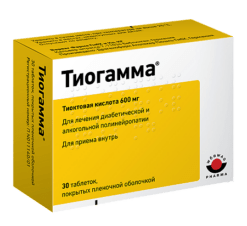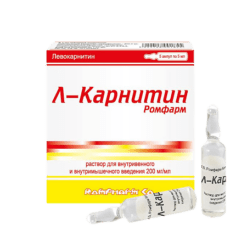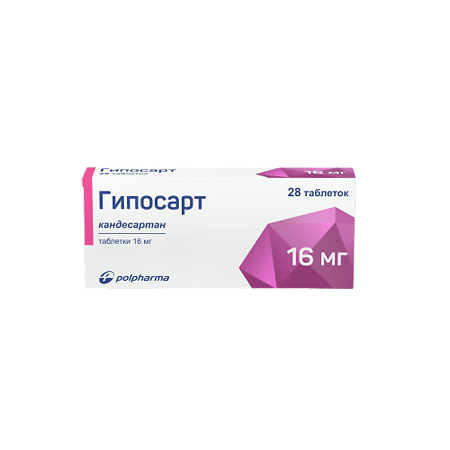-
×


-
×


-
×


-
×


-
×


-
×


-
×


Subtotal: €241.46











